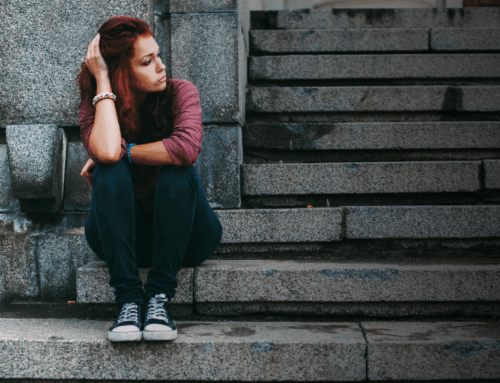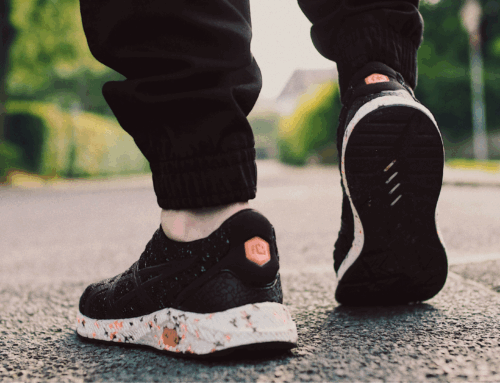
Flikr Images
Finding out that a young person you care about has been injuring themselves deliberately can be frightening. Your first instinct is to protect them from harm, and this might lead you to try to take away any and all means of self-injury that they have available to them, and keep them in your sight at all times.
Unfortunately, this isn’t possible. If a person is determined to injure themselves, they will find a way to do it; if they don’t have access to a blade, for example, they may scratch themselves with their fingernails, risking infection.
A much better approach is to help to alleviate the pain that leads to the injury.
People who injure themselves frequently have an underlying mental health problem. People injure themselves for a range of different reasons, but the most common reasons given are to cope with emotional pain, or to punish themselves. There are less destructive ways to cope with pain. If a person feels guilt and thinks they need to be punished, that guilt may be a symptom of depression.
There are other reasons people injure themselves. It can be an attempt to communicate that help is needed. It is unfortunate that people can feel that this means the behaviour is manipulative. This is not a helpful way of thinking about it. Rather, try to keep in mind that the person is using a language they have available to them as a way of seeking the attention that they need. It’s not the best language that they could use, but unfortunately, many people are not well-equipped to ask for help when they need it and will instead do something to seek attention, even if that attention is likely to be negative. Try not to respond to self-injury with shock or disgust as this will make it hard to be an effective helper.
Most injuries are medically superficial and will heal by themselves. However, injuries that are more severe might need medical attention. It’s always a good idea to offer first aid for any visible injuries, but don’t insist, or try to take over from the person caring for themselves. If you have doubts about the injury, and think it is severe, you might need to be more directive in having it seen by a medical professional.
Although the young person’s immediate physical safety is the most important thing, it’s best not to focus on this, once the injury has been tended to. Seeking professional help for the young person’s underlying mental health problem or distress is really important, and getting help early can reduce the chances of the young person using self-injury as their main – or only – mechanism for coping.
For more information on helping someone who has been engaging in self-injury, as well as guidelines for providing mental health first aid to someone who is developing a mental health problem, visit the MHFA website’s guidelines page.
– Dr Claire Kelly
Dr Claire Kelly is the Manager of Youth Programs at Mental Health First Aid. For more information visit their website.







Leave A Comment